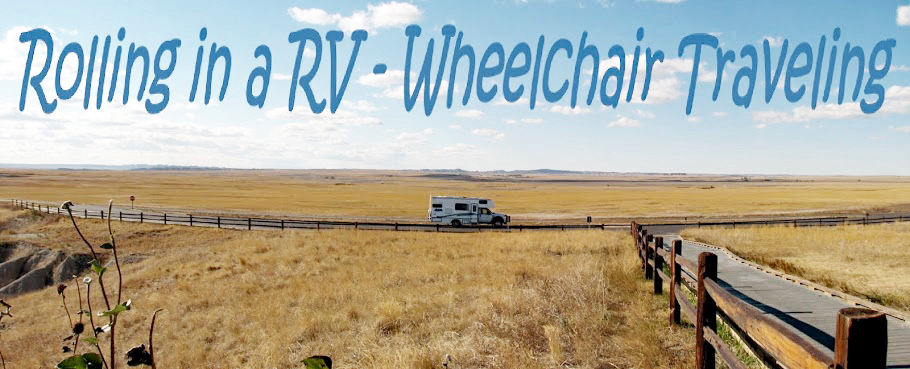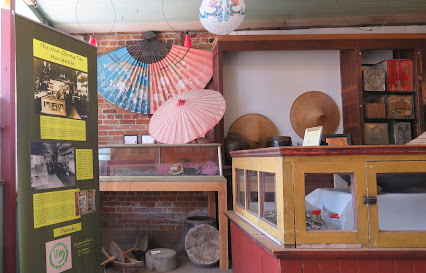Chinese immigrants came to Montana in the 1860s to mine for gold. As towns and cities developed they began working in laundries, restaurants, gardens, and service industries which were among the few places were they could find jobs. Their journey was marked by significant discrimination and they were barred from becoming naturalized citizens. Chinese women were not even permitted to enter the US, however, an exception was made for the wives of business owners. Some built very successful businesses like Chin Chun Hock who opened the the Wah Chong Tai Company in the late 1890.
Chin Yee Fong joined his father, Chin Chun Hock, in 1905 and was able to bring his wife to the US in 1911. The couple had eleven children while living in Butte and westernized their names to Albert and Lou Chinn.
In the mid 1940's the store closed and the building was rented to Paul Eno who ran a second hand store. The display cases and merchandise were sold to Charlie Bovey, a Montana legislator, who collected abandoned buildings and relocated them to Nevada City, a ghost town that still had a few buildings standing. The display cases and merchandise from the Wah Chong Tai Company were moved into one of the buildings.
In 1997, the State of Montana purchased the town of Nevada City along with the contents of all the buildings. In a desire to interpret Nevada City history more accurately, the display cases and merchandise from the Wah Chong Tai Company were returned to the curator and volunteers of the Mai Wah Society who cataloged, and arranged the merchandise in the Mai Wah Museum.

After more than 60 years, with the display cases and merchandise back in place, the store looks as it did in the 1940s. Fortunately Paul Eno didn't remodel the store so the walls, ceiling, and built-in cases are exactly the same which makes the museum a truly unique place. It really is a step back in time.

Besides the store re-creation, the museum has exhibits on the Chin family and the history of the Chinese community in Butte. The second floor was a restaurant and the stoves and woks are still in place.



The first floors of the two buildings are accessible. A interior ramp provides access between the buildings which have floors that aren't at the same level. The second floors can only be accessed by a long flight of stairs.
Parking in front of the museum is angle-in but the other side of the street has parallel parking. Museum 46.01137, -112.53633








Another museum we missed. Glad you could show it to us.
ReplyDeleteSuch a nice surprise. We were not expecting such a cool museum!
Delete